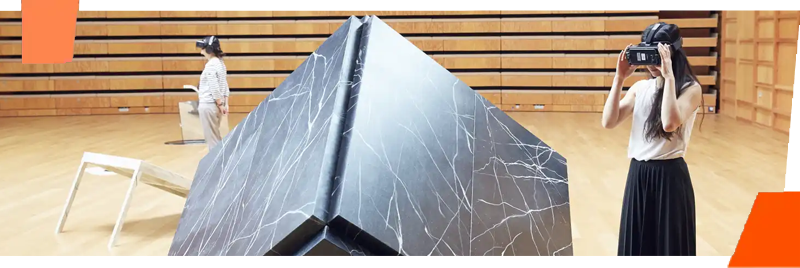
A new project will support Kent students to use remote wildlife camera technology to understand how the recently introduced European Bison, and other large herbivores, are helping restore England’s largest area of ancient woodland. Thanks to the generosity of benefactors, the University’s Durrell Institute of Conservation and Ecology (DICE) will work with the Wilder Blean Initiative to monitor the impact of these changes across the Blean landscape.
The project is designed so Kent students can gain new skills in collecting and analysing remote camera data. The cameras take photos whenever an animal walks in front of them, and this information can be used to map where species are found and estimate their numbers.
DICE research is already pioneering methods for using this technology to monitor wildlife across the world, in places like Indonesia, Brazil and Mongolia. This new project will apply these cutting-edge techniques to a landscape that neighbours the University’s campus in Canterbury.
Professor Bob Smith, Director of DICE, said ‘The Wilder Blean Initiative is one of the most exciting in the UK. We’re delighted that this new remote camera project will help support this work, letting our students develop research to inform the broader wilding project.’
Helen Pitman, Wilder Blean Landscape Development Manager at Kent Wildlife Trust said ‘We are really looking forward to working with the University of Kent students and staff, to collect vital information on how large herbivores are managing the woods naturally and improving the Blean ecosystem.’
The DICE Wilder Blean monitoring project is supported by philanthropic funds and builds on existing collaborations between Kent and local conservation organisations. DICE is part of the School of Anthropology and Conservation. The Kent Wildlife Trust, RSPB and Woodland Trust have committed to work together as the Wilder Blean Initiative using the concepts of wilding, including the first use of European bison in a UK woodland grazing project, alongside Exmoor ponies, longhorn cattle and Iron-age pigs.




